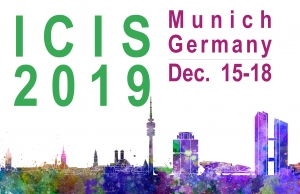Paper ID
2439
Paper Type
full
Description
Blended learning has been promoted as a promising way to create a rich learning experience that uses students’ rising affinity for online media consumption and newly available technologies to improve students’ learning success. A mixed-method approach is used to investigate students’ attitudes toward and perceptions of blended learning in higher education and to evaluate changes in overall satisfaction and exam performance induced by blended learning. The data used is available for most courses taught in higher education institutions and can be used for the continuous improvement of blended learning setups. Although students were open to the idea of including blended learning methods, results indicate that accompanying measures are of paramount importance to achieve positive effects. Intrinsic motivation must be explicitly created in a blended learning environment to ensure learning success. The findings suggest that introducing technologies into learning environments requires a gradual transition between classical and blended learning methods.
Recommended Citation
Schenk, Bernd and Hoxhaj, Luiza, "Challenges in Switching to Blended Learning Environments: An Analysis of Students’ Attitudes and Performance" (2019). ICIS 2019 Proceedings. 5.
https://aisel.aisnet.org/icis2019/learning_environ/learning_environ/5
Challenges in Switching to Blended Learning Environments: An Analysis of Students’ Attitudes and Performance
Blended learning has been promoted as a promising way to create a rich learning experience that uses students’ rising affinity for online media consumption and newly available technologies to improve students’ learning success. A mixed-method approach is used to investigate students’ attitudes toward and perceptions of blended learning in higher education and to evaluate changes in overall satisfaction and exam performance induced by blended learning. The data used is available for most courses taught in higher education institutions and can be used for the continuous improvement of blended learning setups. Although students were open to the idea of including blended learning methods, results indicate that accompanying measures are of paramount importance to achieve positive effects. Intrinsic motivation must be explicitly created in a blended learning environment to ensure learning success. The findings suggest that introducing technologies into learning environments requires a gradual transition between classical and blended learning methods.


